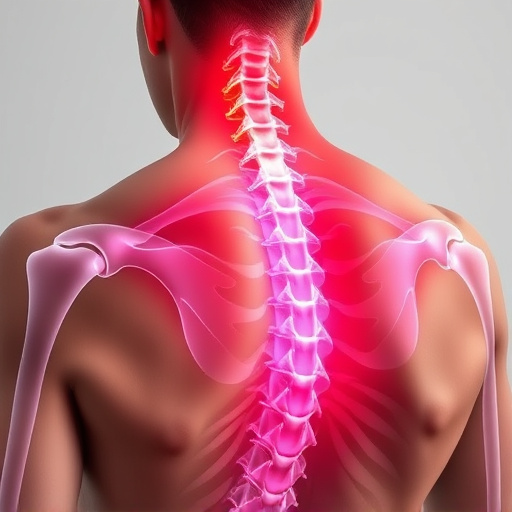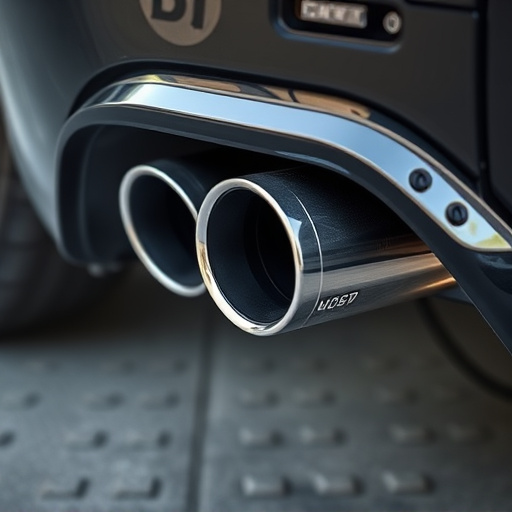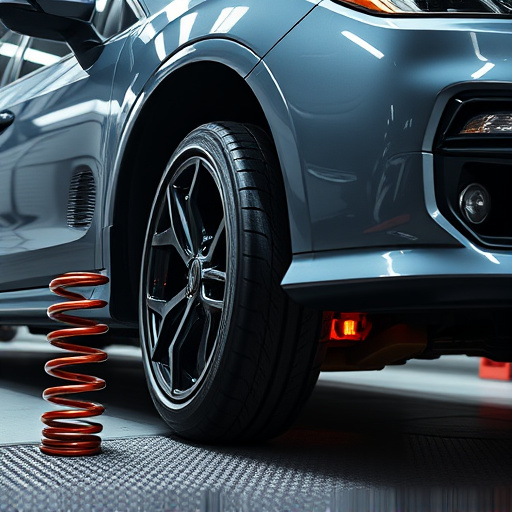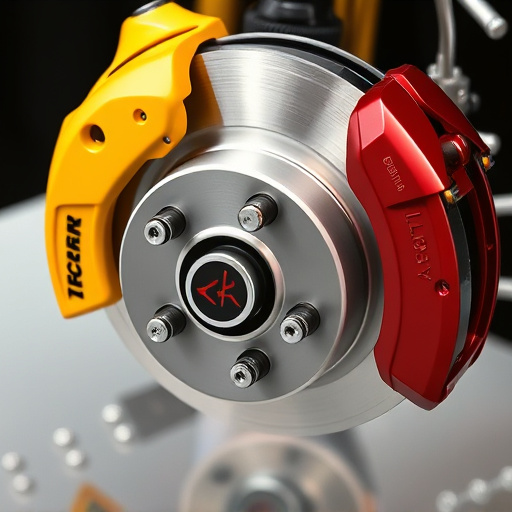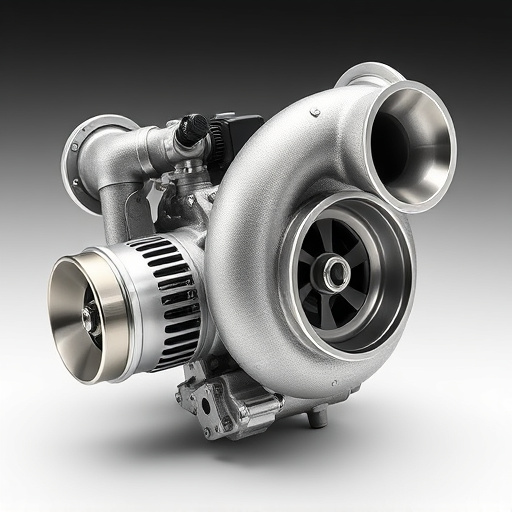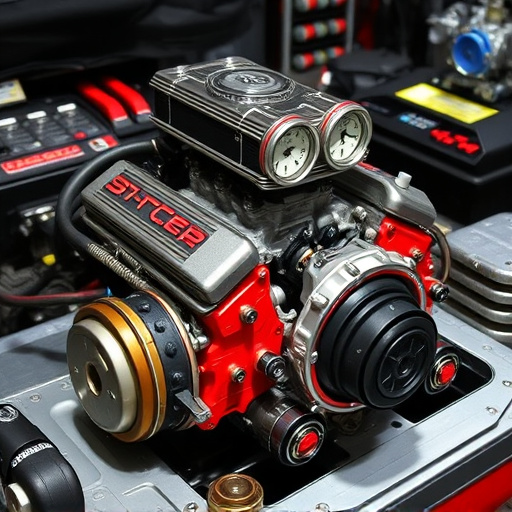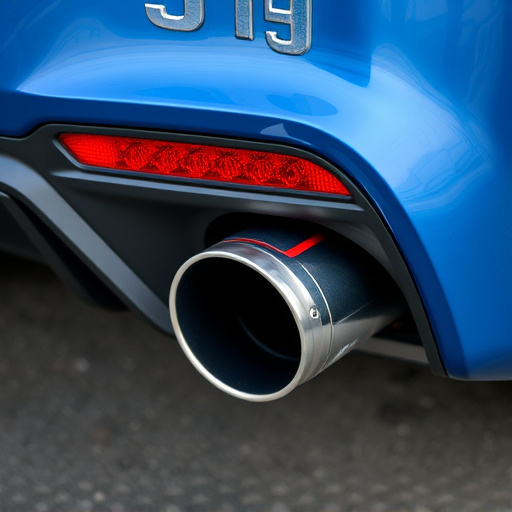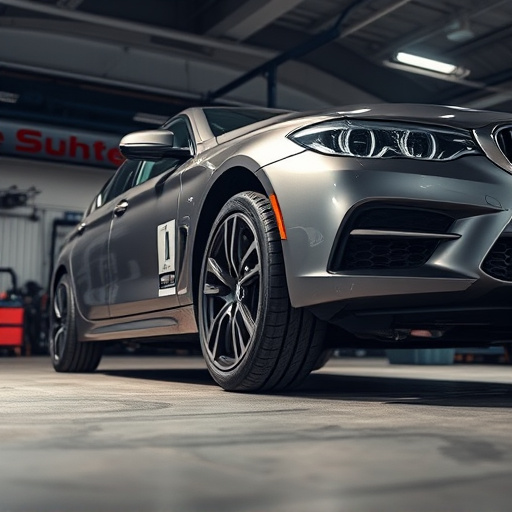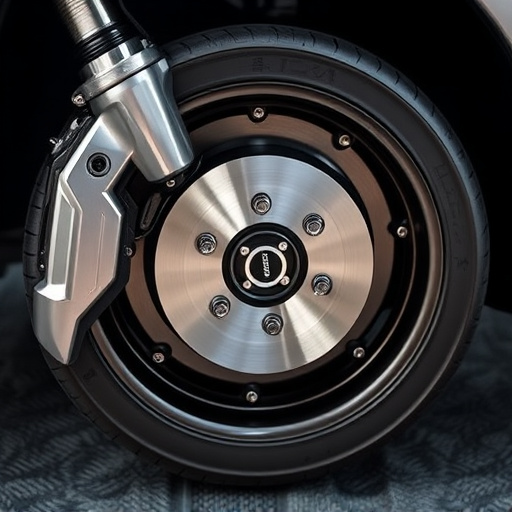The anti roll bar (ARB) is an essential automotive component that optimizes vehicle stability and handling dynamics, particularly during cornering. By adjusting tension and stiffness, engineers can fine-tune oversteer and understeer responses, leading to better precision, reduced body roll, and enhanced overall performance. A stiffer ARB suits precise driving, while a softer setting allows for more aggressive maneuvers, with complementary modifications to brake components, air filters, and exhaust tips further enhancing handling and performance.
Anti Roll Bars (ARBs) are essential components in fine-tuning vehicle handling. They play a crucial role in managing body roll during cornering, enhancing stability and control. This article delves into the unique ability to tune ARBs for oversteer or understeer balance, exploring how these adjustments impact vehicle dynamics. By understanding the ARB’s functionality, car enthusiasts can optimize their vehicles for improved performance and handling, making every drive a more responsive and enjoyable experience.
- Understanding Anti Roll Bar Functionality
- Tuning for Oversteer vs Understeer
- Adjustments and Their Impact on Vehicle Handling
Understanding Anti Roll Bar Functionality
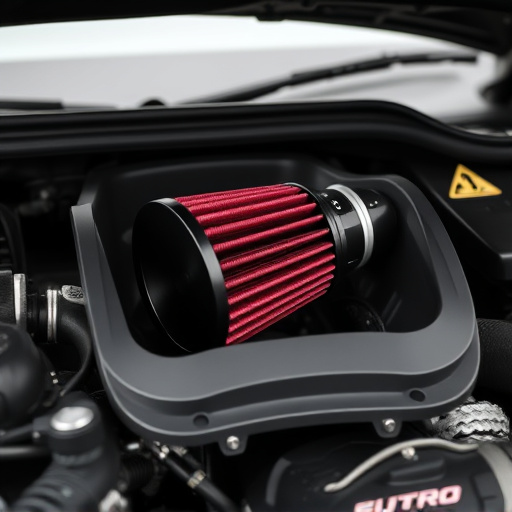
The anti roll bar, a critical component in automotive engineering, plays a pivotal role in enhancing vehicle stability and handling dynamics. Its primary functionality is to reduce body roll during cornering, ensuring that the car maintains its balance and adherence to the desired trajectory. By adjusting the tension and stiffness of the anti roll bar, engineers can fine-tune the vehicle’s response to oversteer or understeer conditions. Oversteer occurs when the rear wheels lose traction first, causing the car to drift wider than intended; understeer happens when the front wheels break loose, leading to a similar but opposite effect.
Tuning the anti roll bar involves manipulating its settings to achieve the desired balance between these two scenarios. For instance, increasing the stiffness can reduce oversteer by minimizing body lean and improving cornering precision. Conversely, lowering the tension might help mitigate understeer, allowing for more aggressive driving dynamics. This fine art of adjustment contributes significantly to overall vehicle performance, making the anti roll bar an integral part of tuning for optimal driving experience, especially when enhanced with high-performance air filters, precise brake components, and stylish muffler tips.
Tuning for Oversteer vs Understeer
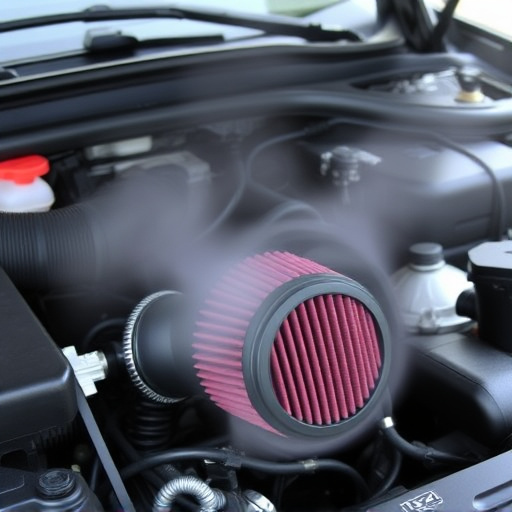
When tuning an anti roll bar (ARB), the primary goal is to achieve the perfect balance between oversteer and understeer. Oversteer occurs when the rear wheels slip outward during a turn, leading to a loss of control and potentially spinning out. Understeer, on the other hand, happens when the front wheels don’t turn sharply enough, causing the car to continue moving straight even into a corner.
For oversteer, adjusting the ARB to provide more stability will help reduce slip and maintain better traction during hard cornering. This is particularly important for high-performance vehicles designed for track use or off-road adventures. Conversely, tuning for understeer tightens the ARB, allowing for more precise turns but requiring careful control to avoid excessive steering input. Modifying brake components, air filter kits, and exhaust tips can also complement ARB tuning, further enhancing overall vehicle handling and performance.
Adjustments and Their Impact on Vehicle Handling
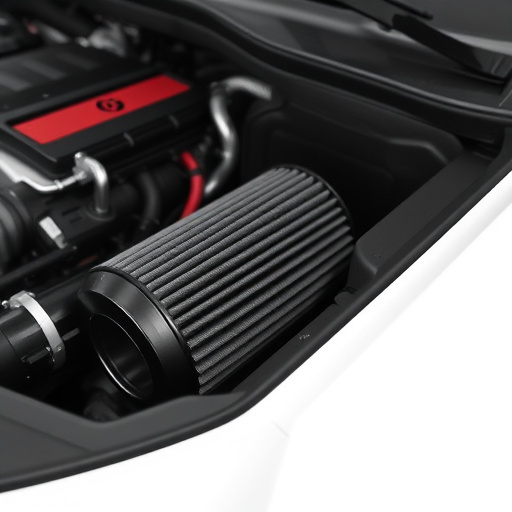
Adjustments to an anti-roll bar can dramatically impact a vehicle’s handling dynamics, especially when navigating corners or experiencing directional changes at high speeds. These adjustments allow for precise tuning of oversteer and understeer characteristics, which are crucial elements in achieving optimal vehicle performance. By modifying the anti-roll bar’s stiffness and damping settings, enthusiasts and racing teams can tailor their cars to specific driving styles and track conditions.
For example, increasing the stiffness of an anti-roll bar can enhance cornering precision and reduce body roll, providing better control and improved vehicle stability. Conversely, a softer anti-roll bar setting may be preferred for tracks with challenging turns and high speed corners, allowing for more aggressive driving while still maintaining manageable levels of understeer or oversteer, thereby enhancing overall vehicle performance.
Anti roll bars are a crucial component in tuning vehicle handling, offering a simple yet effective way to balance oversteer or understeer. By adjusting these bars, drivers and mechanics can significantly enhance cornering performance, ensuring a more controlled and responsive driving experience. Understanding the impact of each adjustment is key to optimizing vehicle dynamics, whether for track days or everyday driving.
